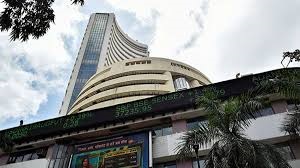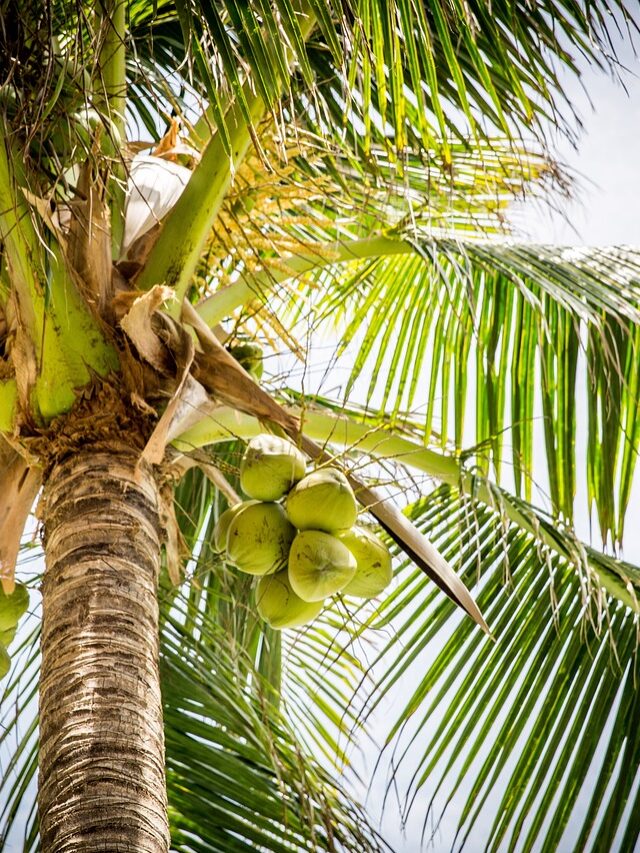In a significant boost to India’s economic outlook, the World Bank has revised its growth forecast for the financial year 2024-25, raising it from an earlier estimate of 6.6% to 7%. This upward revision underscores India’s position as the fastest-growing major economy, following a robust growth rate of 8.2% in FY23-24. The revision was detailed in the World Bank’s latest report, “India Development Update: India’s Trade Opportunities in a Changing Global Context,” released on Tuesday.
The report attributes India’s strong performance in FY23-24 to a combination of public infrastructure investments and a surge in household investments in the real estate sector. The services sector also played a crucial role, with manufacturing growing by 9.9% and resilient service activities offsetting weaker agricultural output.
Moreover, the World Bank noted a positive trend in the labor market, particularly in urban areas. The report highlighted a gradual reduction in urban unemployment, with a notable increase in the participation of female workers. Female urban unemployment dropped to 8.5% in early FY24-25, although youth unemployment in urban areas remains high at 17%.
India’s external position also showed marked improvement. The narrowing of the current account deficit, coupled with strong foreign portfolio investment inflows, pushed the country’s foreign exchange reserves to a record high of $670.1 billion in early August, providing more than 11 months of import cover.
Looking ahead, the World Bank remains optimistic about India’s medium-term economic prospects. With continued revenue growth and fiscal consolidation, the debt-to-GDP ratio is expected to decline from 83.9% in FY23-24 to 82% by FY26-27. The current account deficit is projected to remain stable at around 1-1.6% of GDP over the same period.
The report also provided growth estimates for the coming years, forecasting 6.7% growth in FY26 and 6.8% in FY27. These figures reflect India’s strong economic fundamentals and the potential for sustained growth in the near term.
A key takeaway from the report is the critical role of trade in sustaining and enhancing India’s growth trajectory. The World Bank emphasized the need for India to leverage its global trade potential, particularly by diversifying its export portfolio. While India has excelled in IT, business services, and pharmaceuticals, there is significant potential to expand exports in textiles, apparel, footwear, electronics, and green technology products.
Auguste Tano Kouame, the World Bank’s Country Director for India, expressed confidence in India’s growth prospects, citing the country’s robust economic performance and declining inflation as factors that will help reduce extreme poverty. Kouame also stressed the importance of harnessing trade opportunities to further boost growth.
The report recommended a strategic approach to achieving the $1 trillion merchandise export target. This includes reducing trade costs, lowering trade barriers, and deepening trade integration. The World Bank pointed out that India’s share in global apparel exports has declined from 4% in 2018 to 3% in 2022, largely due to rising production costs and declining productivity. By integrating more deeply into global value chains, India can create more trade-related jobs and drive innovation and productivity growth.
In conclusion, the World Bank’s latest update reflects strong confidence in India’s economic trajectory, bolstered by key sectors and strategic trade initiatives. As India continues to navigate a changing global context, the focus on infrastructure, trade, and labor market improvements will be crucial in sustaining its growth momentum.













